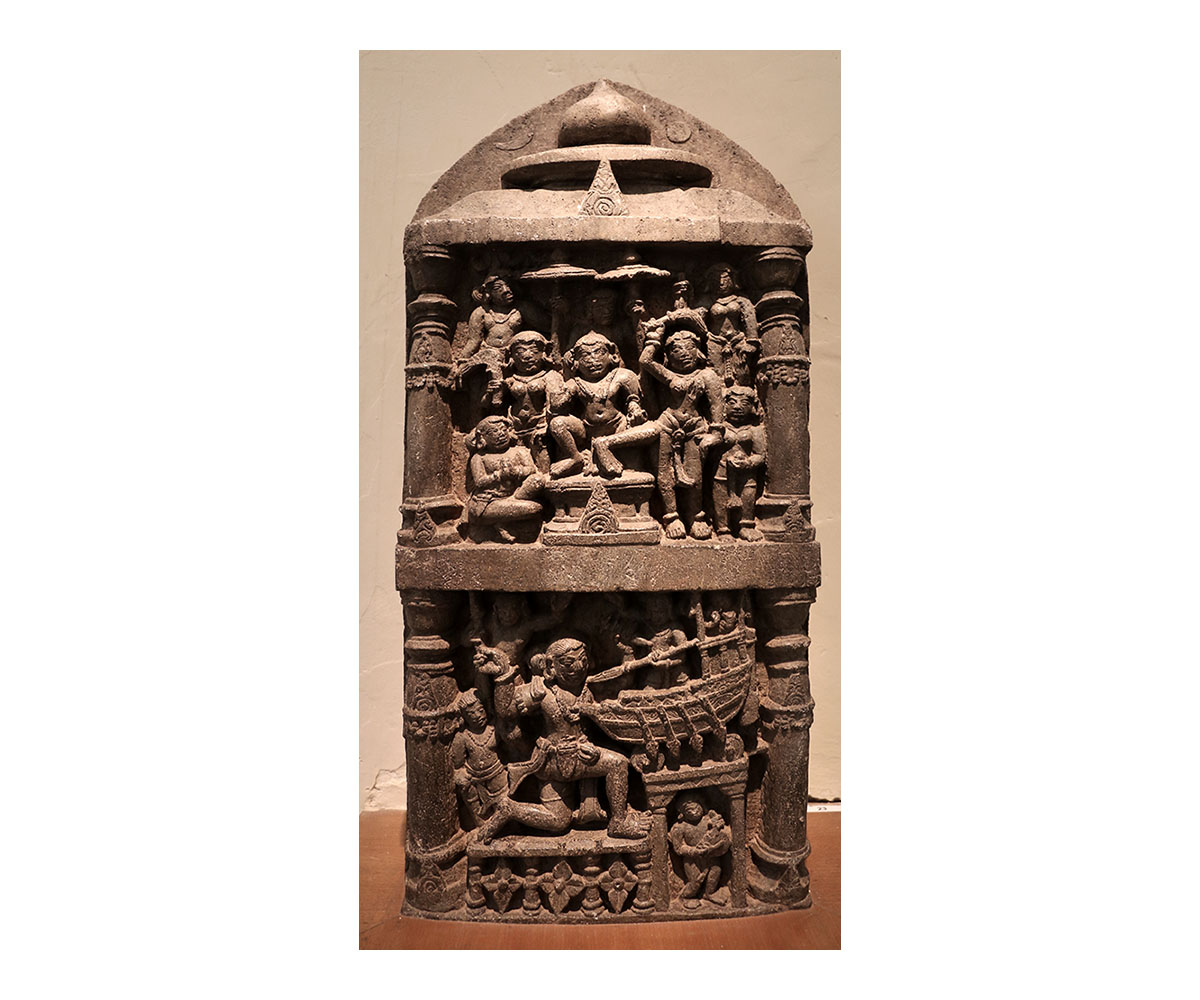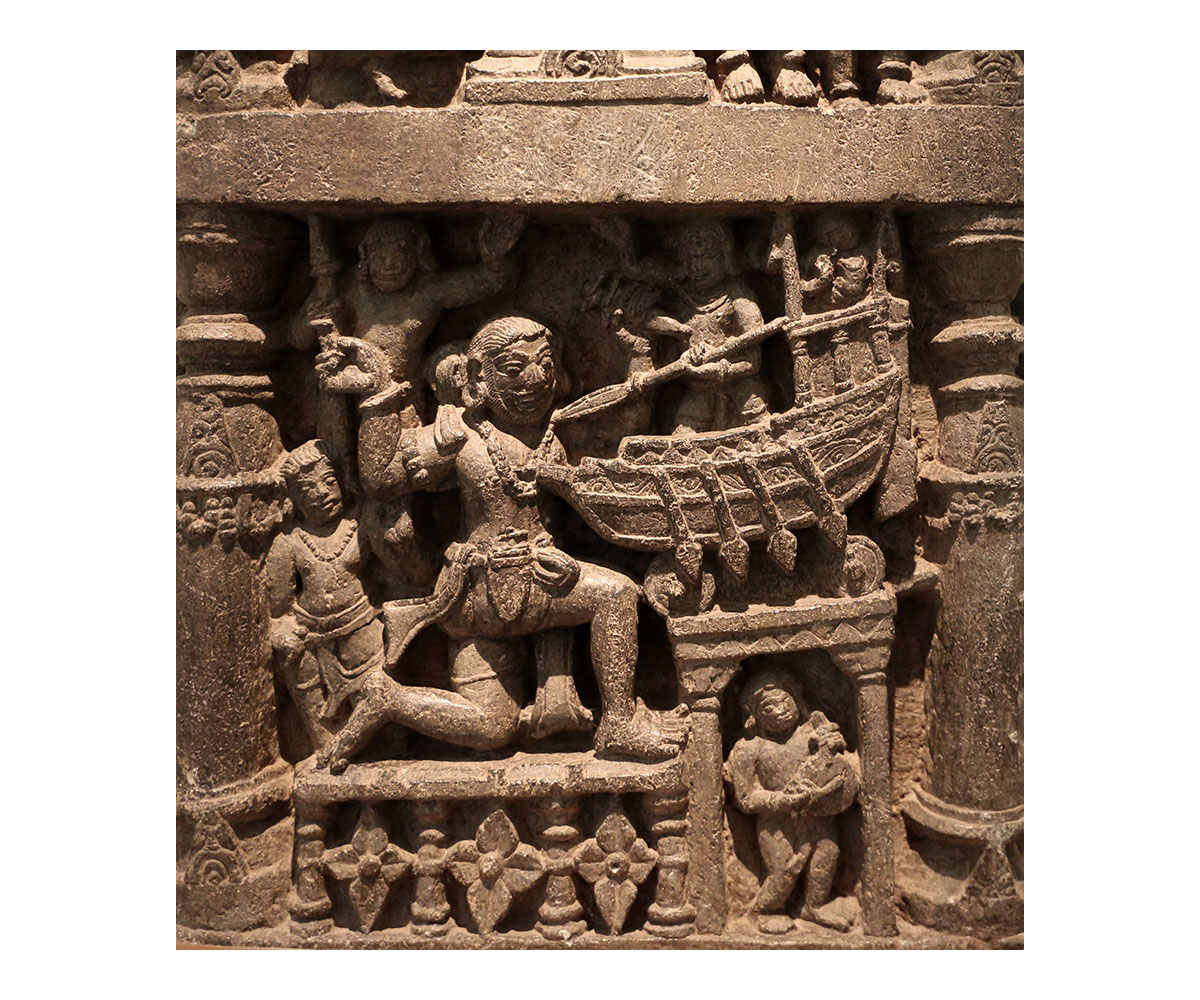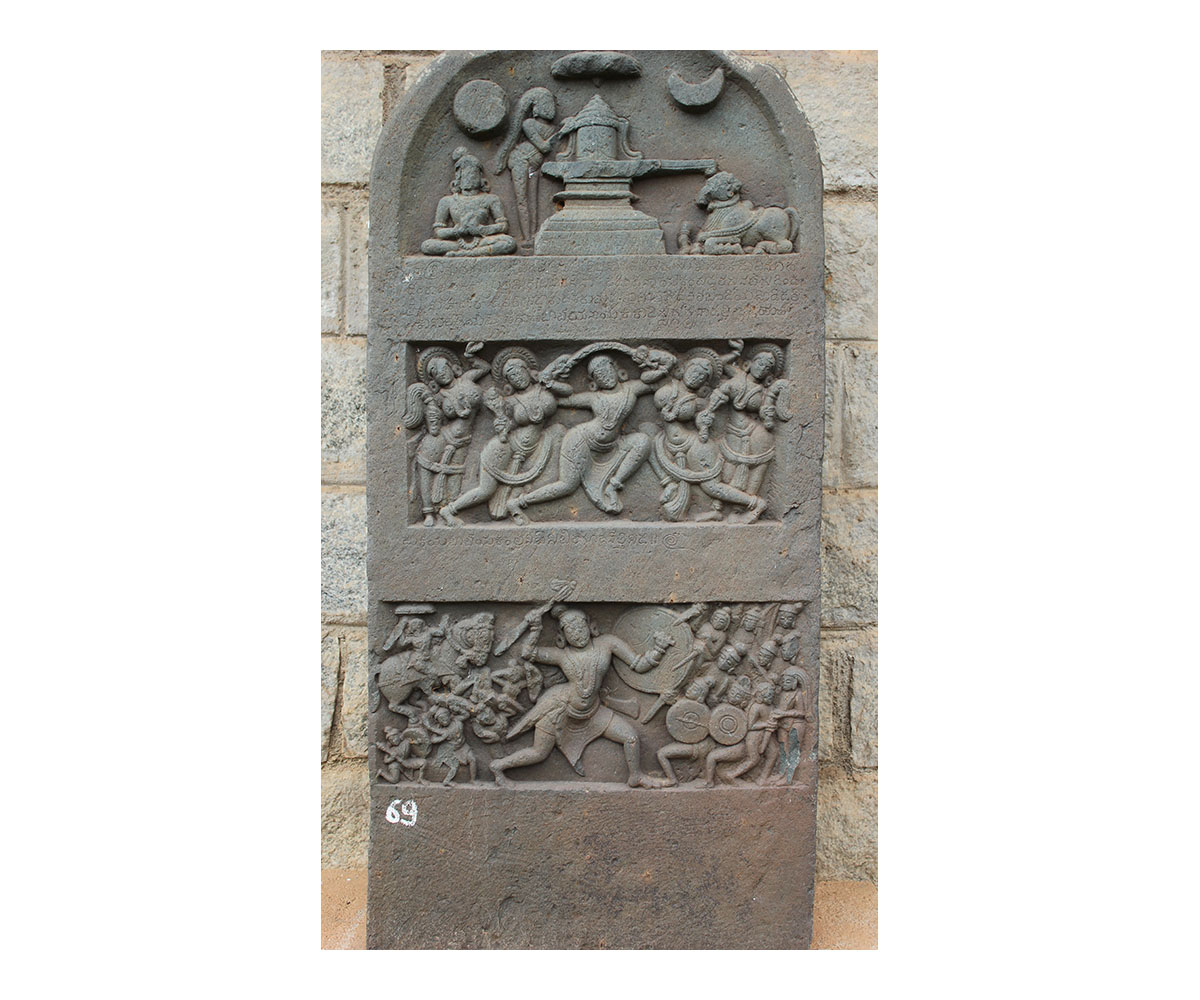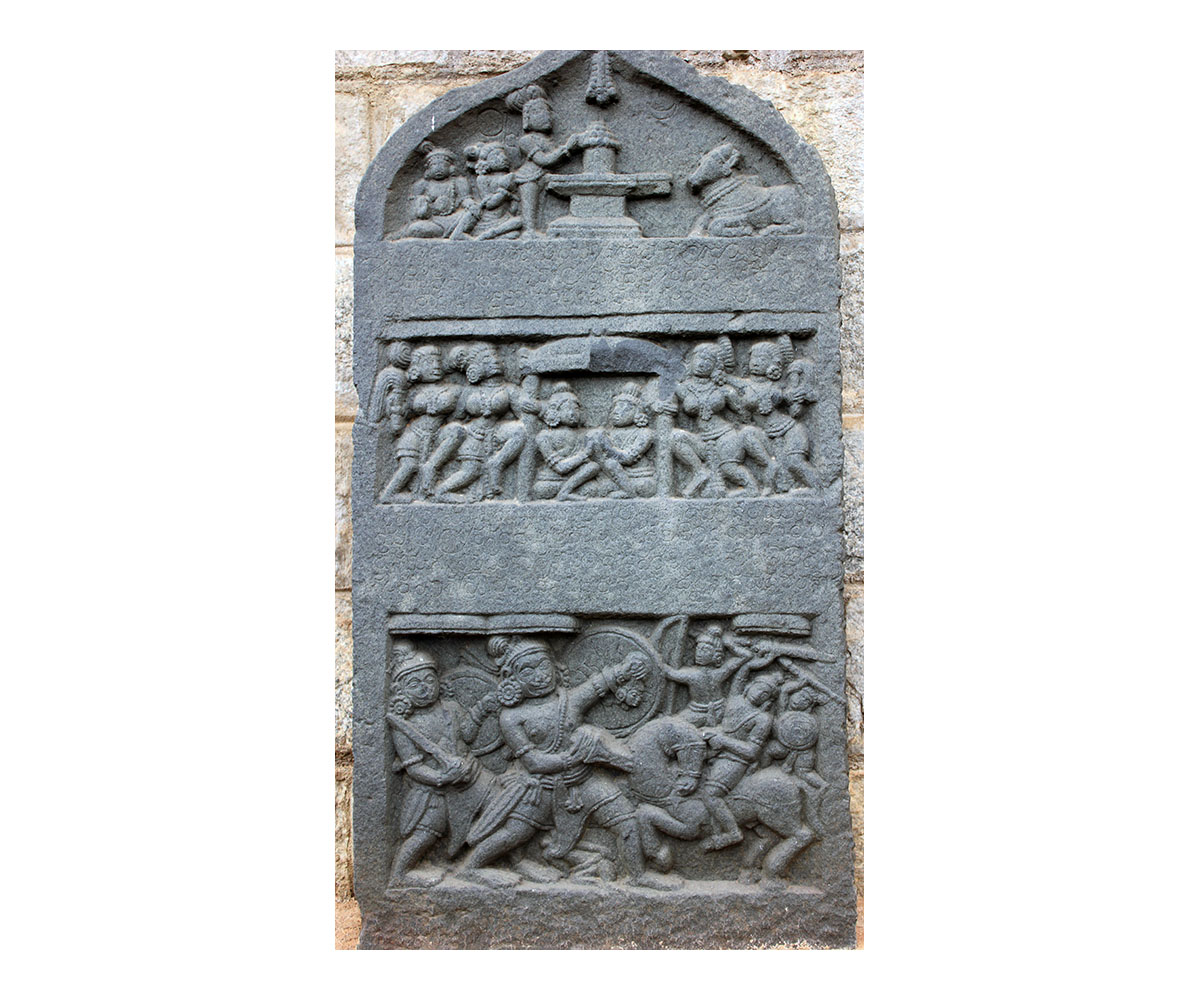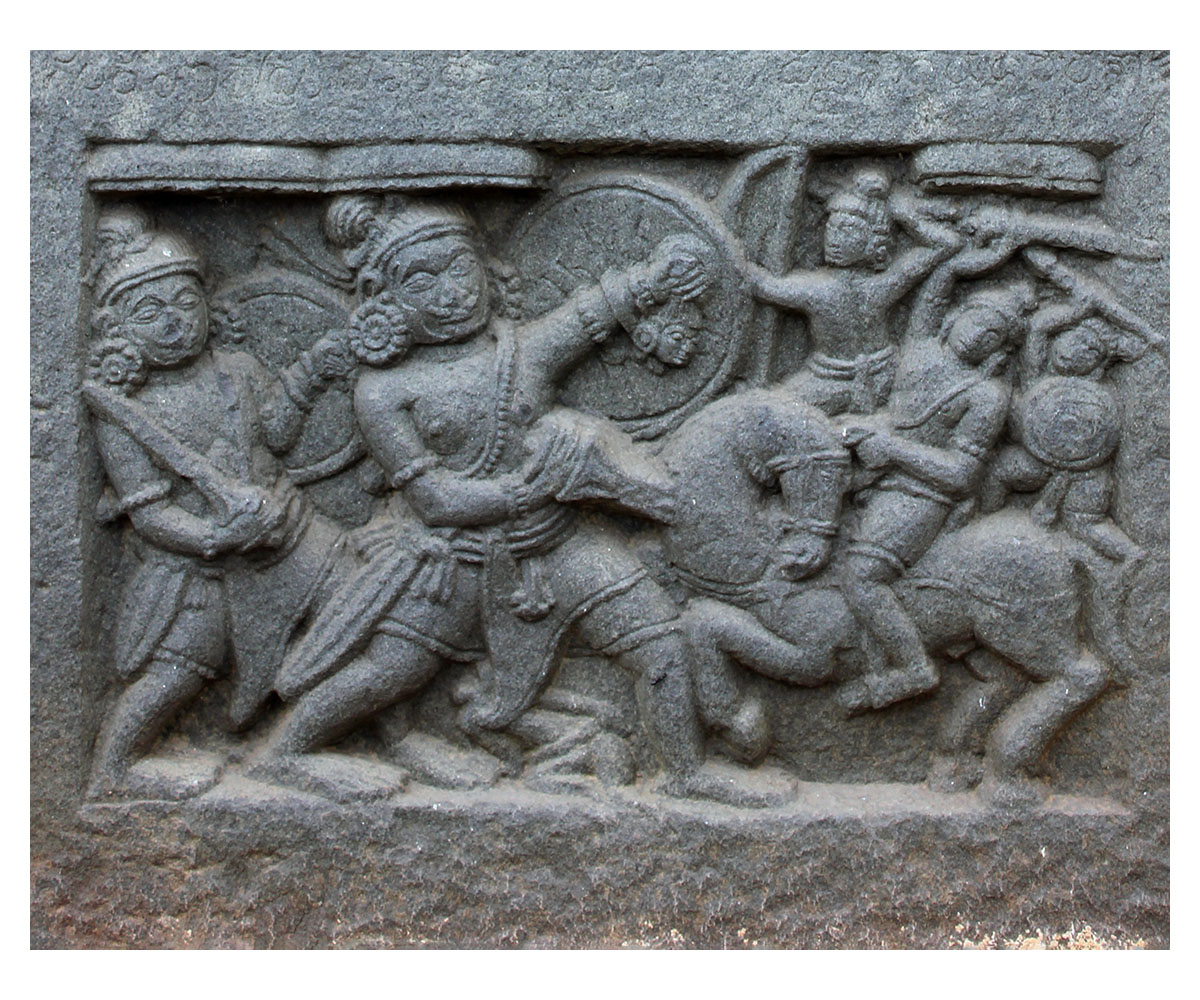PERSPECTIVES
What Hero Stones Say about Death, Glory and Religion in Medieval India
The earth thrums with the sound of war drums; the trumpeting of elephants reverberates through the battlefield. The warrior, anointed with scented oil and shaded from the sun by a parasol, leaps into the fray, driving back an entire formation of enemies with his sword and shield. But eventually, pierced by arrows and javelins and slashed by sharp blades, he collapses and dies in the blood-soaked dust.
But what happened after? That is perhaps one of the most universal cultural questions, and the warriors, artists and priests of medieval India had an answer. The souls of the valiant dead were believed to be carried to the realms of the gods by bejewelled apsaras — celestial dancers. There, provided their social status was sufficiently high, the deceased would rule over a court full of music, song, dance, and sex, subject only to their personal god.
Even as the dead warrior’s soul was thought to move on to the heavens, their remains on earth were subject to a series of complex rituals. Their bodies were cremated, sometimes accompanied by the ritual suicide of their wives, and in some cases, their bodyguards. Their overlord often rewarded their families with land, titles or wealth, and would commission hero stones to commemorate the dead men. These sculptures, produced across present-day Gujarat and Rajasthan to Chhattisgarh, through Maharashtra and Karnataka into Tamil Nadu, are among the most crucial sources of information about medieval India.
Aristocrats’ hero stones are usually divided into at least three registers. The lowest or second-lowest depicts the warrior’s death in battle, acting as a visual record of their valour — which also allows us to understand the evolution of military tactics. While the families of common foot soldiers could not afford such memorials, it seems that minor aristocracy fought on foot as frequently as horseback, diving into battle at crucial moments to inspire their followers. This is sometimes paired with a register depicting the warrior’s cremation, accompanied by the mourning or death of his wives.
In the second register, the warrior is carried to heaven by flying apsaras. In another, sometimes optional register, he is depicted seated in heaven, enjoying the delights that his bravery has earned. And finally, at the top of the hero-stone, he worships his god — very often Shiva represented by a linga, but also on occasion a Jain Tirthankara.
Why was it so important for aristocrats to produce such memorials? Firstly, the battlefield was to the warrior what the court was to the poet — a space to draw his superiors’ attention and establish his martial prowess before his subordinates. Medieval courtly literature abounds with vivid descriptions of dying warriors, as seen in these lines from the Vikramankadevacharitam, an 11th-century Chalukya text: “A good fighter … holding with his left hand his head which, half-cut by an arrow, remained on his neck, made everyone praise (him)..”
Hero stones can be seen as part of a spectrum of art historical material related to the performance and commemoration of military activity. This ranges from forgotten foot soldiers, who composed the bulk of armies; through the minor aristocrats who commanded them and sought to attract attention and rewards through duels and brave deaths; to the handful of powerful nobles fighting on elephant-back, who were commemorated by the construction of entire temples. The crucial role of foot soldiers is ignored in martial records while minor aristocrats are depicted killing squadrons of enemies. Kings and generals are described as destroying entire armies and cities, supposedly decimating populations through their individual martial prowess. Aristocrats’ hero stones were worshipped with offerings of blood, rice, and incense, and warriors went into dance-induced trances there before battle, supposedly being possessed by the spirits of the dead. Similarly, the temples of royals were the sites of enormously complex ritual activity with iconographic programmes dedicated to the conquering king.
Of course, not all military engagements in medieval India were large-scale battles involving the aristocracy and leading to the production of impressive commemorative monuments like temples and ornately-carved hero stones. These are exceptions in the historical record. The vast majority of conflicts were between small groups of raiders, usually village men trying to capture cattle — and sometimes women — or to seize control of water resources. In some cases, they were killed by wild animals. Such violence is commemorated through simple hero stones with a single panel depicting the conflict, or sometimes merely an inscription at the site of the man’s death. Hero stones were also commissioned in cases of self-inflicted violence, such as ritual beheadings undertaken to fulfil vows. Examples of all of these can be seen in the Naganathesvhara temple in Begur, Bengaluru.
Warfare and violence were thus ubiquitous in the political economy, culture, and ritual life of medieval India. Hero stones act as a snapshot of all of these aspects and the lives of the men who participated in them. Some of these memorials reveal another, softer side of these individuals. The Atakur hero stone, commissioned in 959–960 CE, is dedicated not to a warrior but to his dog, Kali, who died fighting a boar. Even if they are expressed in a form of martial imagery that is very distant to us today, the emotions that Kali’s death must have provoked are universal, reminding us that the inner worlds of medieval Indians may not have been so different from our own.




